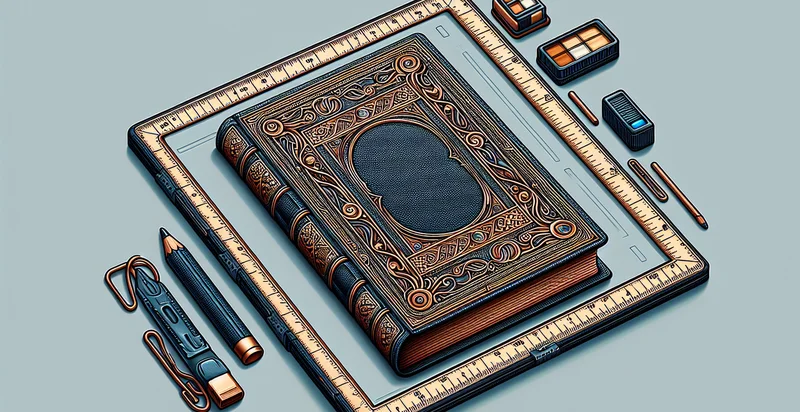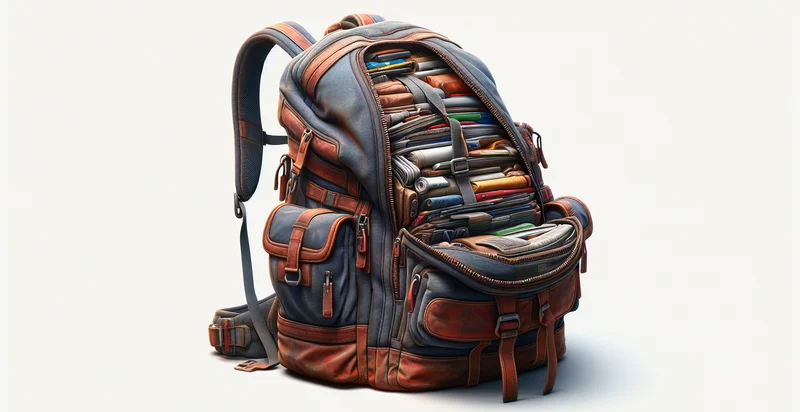Identify if book is upside down
using AI
Below is a free classifier to identify if book is upside down. Just upload your image, and our AI will predict if the book is upside down - in just seconds.

Contact us for API access
Or, use Nyckel to build highly-accurate custom classifiers in just minutes. No PhD required.
Get started
import nyckel
credentials = nyckel.Credentials("YOUR_CLIENT_ID", "YOUR_CLIENT_SECRET")
nyckel.invoke("if-book-is-upside-down", "your_image_url", credentials)
fetch('https://www.nyckel.com/v1/functions/if-book-is-upside-down/invoke', {
method: 'POST',
headers: {
'Authorization': 'Bearer ' + 'YOUR_BEARER_TOKEN',
'Content-Type': 'application/json',
},
body: JSON.stringify(
{"data": "your_image_url"}
)
})
.then(response => response.json())
.then(data => console.log(data));
curl -X POST \
-H "Content-Type: application/json" \
-H "Authorization: Bearer YOUR_BEARER_TOKEN" \
-d '{"data": "your_image_url"}' \
https://www.nyckel.com/v1/functions/if-book-is-upside-down/invoke
How this classifier works
To start, upload your image. Our AI tool will then predict if the book is upside down.
This pretrained image model uses a Nyckel-created dataset and has 2 labels, including Book Right Side Up and Book Upside Down.
We'll also show a confidence score (the higher the number, the more confident the AI model is around if the book is upside down).
Whether you're just curious or building if book is upside down detection into your application, we hope our classifier proves helpful.
Related Classifiers
Need to identify if book is upside down at scale?
Get API or Zapier access to this classifier for free. It's perfect for:
- Retail Store Inventory Management: Retailers can use the 'is book upside down' identifier in their inventory systems to ensure that books are shelved properly. By detecting improperly oriented books, stores can maintain a tidy appearance and improve customer accessibility to merchandise, ultimately enhancing the shopping experience.
- Library Cataloging Efficiency: Libraries can utilize this function to automate the process of checking the orientation of returned books. This would streamline the shelving process, allowing librarians to quickly identify and correct misplaced books, thus improving operational efficiency.
- Online Marketplace Quality Control: E-commerce platforms can implement the identifier to automatically analyze images of books submitted by sellers. By flagging upside-down images, the platform can ensure that product listings present books correctly, leading to better customer impressions and reduced returns.
- Book Publishing Previews: Publishers can use this technology to review images of books before printing advertisements or promotional materials. Ensuring that such images are correctly oriented will help maintain the professional quality of marketing content and avoid potential customer confusion.
- Educational Tools for Reading Comprehension: Educational software can integrate the identifier to help young readers develop skills in book handling. By providing real-time feedback on the placement of books during reading exercises, children can learn proper orientation and improve their reading habits.
- Automated Book Scanning Systems: Libraries and archives can enhance their document scanning systems with this identifier. By ensuring that books are oriented correctly during the scanning process, digitization efforts can become more efficient, preserving accurate representations of titles for future accessibility.
- Augmented Reality (AR) Applications: AR applications that enhance the reading experience can leverage the identifier to interactively verify book orientation. This functionality can guide users to hold books correctly, making the experience more engaging and educational while reducing frustration during use.


